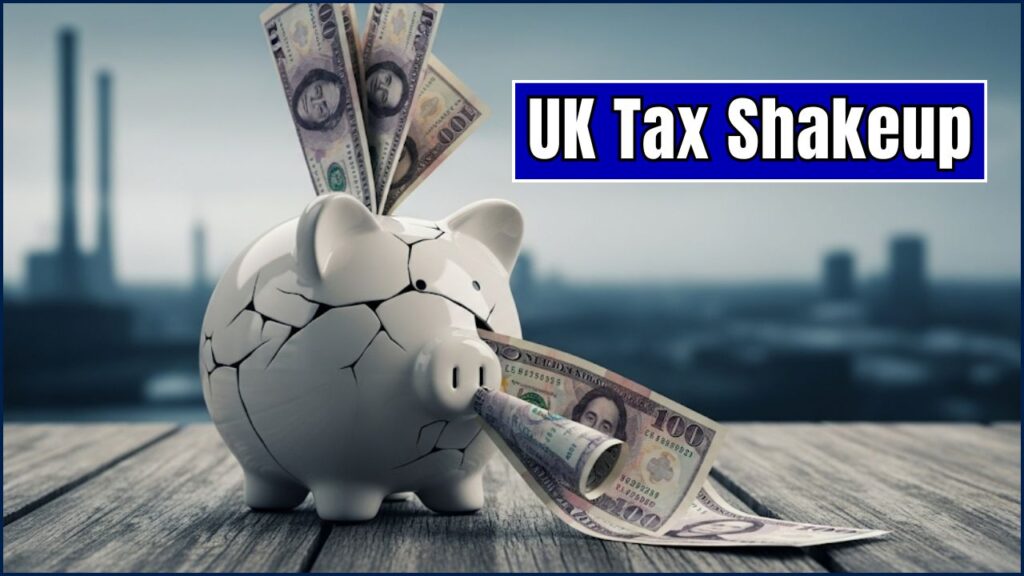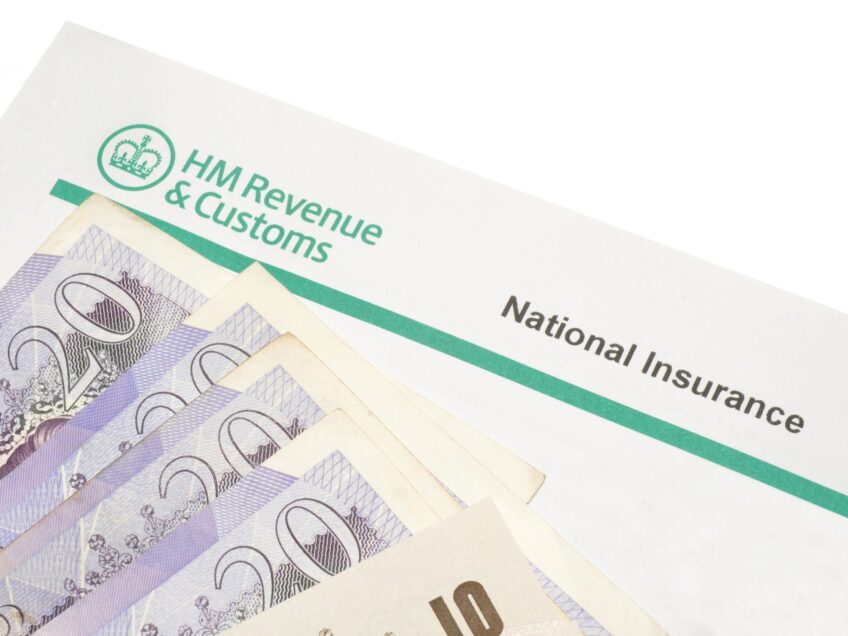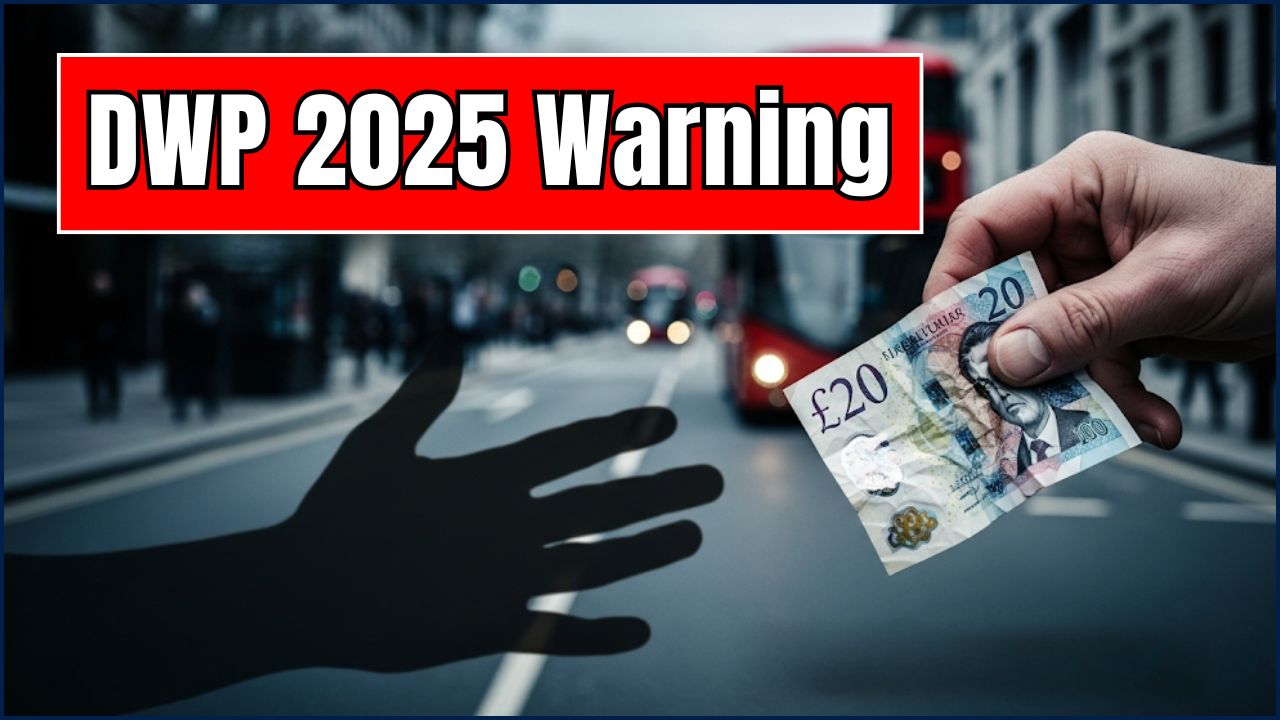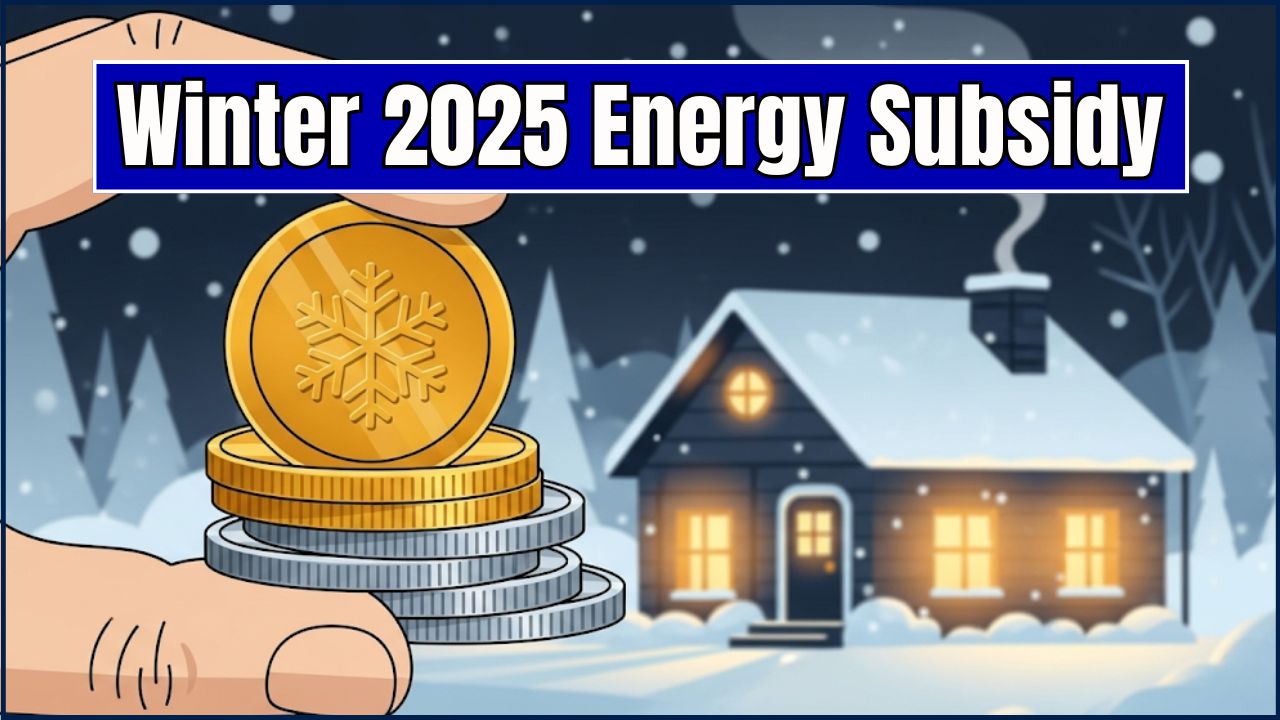If you’ve been keeping an eye on your paycheck in the UK lately and thinking, “Why am I paying more tax even though my income hasn’t changed much?” — you’re not alone. The UK tax shakeup is hitting low-income workers harder than many expected, and we’re here to break it all down in plain English.

HMRC’s latest rule changes, freezing allowances, increasing National Insurance contributions, and tweaking pension rules, are creating a ripple effect that could hurt the very folks it’s supposed to protect. These shifts might seem small on paper, but they add up fast — especially if you’re living paycheck to paycheck.
Let’s dive into what’s really happening, why it matters, and what you can do about it.
UK Tax Shakeup
| Topic | Details |
|---|---|
| Personal Allowance Freeze | Stuck at £12,570 until at least 2028, dragging more low-income earners into the tax net. |
| Employer National Insurance (NIC) | Increased from 13.8% to 15% as of April 2025. |
| Salary Sacrifice Risks | HMRC may limit reliefs, reducing pension savings benefits. |
| Making Tax Digital (MTD) | Freelancers earning over £30k may need quarterly filings by 2026. |
| Pension Top-Up Delays | Over 1.2 million low earners still waiting for promised £100/year relief. |
| Child Benefit Threshold Freeze | Families losing child benefit as incomes cross unchanged threshold. |
| Source | HMRC Official Site |
The UK tax shakeup may look like technical updates on the surface, but for millions of low-income workers, it means less take-home pay, more stress, and fewer options. While it’s not intentional, the current system leans hard on those who can least afford it.
By staying informed, using available reliefs, and preparing for digital transitions, you can cushion the blow. But make no mistake — it’s time for policymakers to rethink who really bears the burden of these changes.
What’s the Big Deal With the UK Tax Shakeup?
Frozen Personal Allowances: The Silent Tax Hike
Let’s start with the basics. Everyone in the UK has a personal allowance — the amount you can earn before paying income tax. It’s been £12,570 since April 2021 and is frozen until 2028. Sounds harmless, right?
Well, not quite. As wages go up due to inflation, that same threshold doesn’t budge. So more of your pay gets taxed. It’s called fiscal drag, and it’s quietly nudging millions of lower earners into higher tax bands.
In 2024 alone, this freeze pulled 1.7 million new people into paying income tax, per the Office for Budget Responsibility (OBR). That’s not just a stat — it’s your grocery money.
Employer NICs: A Hit to Jobs and Wages
From April 6, 2025, employer National Insurance Contributions (NICs) rise to 15%. If you’re working for a small business, that’s a big deal. That extra cost might mean your boss hires less, offers fewer hours, or freezes wages.

This is especially tough in industries like hospitality, retail, and care work, where margins are already razor-thin. Your job might not disappear, but your raise just might.
According to The Guardian, some UK hospitality businesses fear layoffs and closures due to the NIC increase.
The Salary Sacrifice Dilemma
What Is Salary Sacrifice?
Salary sacrifice lets you trade part of your salary for pension contributions, reducing your taxable income. It’s a neat trick that helps middle-income earners save money. But it might be on the chopping block.
HMRC is reportedly eyeing a cap or restriction on this tax break. If that happens, someone earning £35,000 a year could lose over £500 annually in tax savings. Not a small chunk of change.
Check out the HMRC page on salary sacrifice for more details.
Why It Matters
Without this perk, low- and mid-income workers lose one of the few ways to legally reduce their tax bill. And that could discourage long-term pension savings — a real lose-lose.
Making Tax Digital (MTD): More Rules, More Headaches
What Is MTD?
Making Tax Digital is HMRC’s push to modernize tax reporting. Sounds good, right? But here’s the kicker: by 2026, anyone self-employed earning over £30,000 will need to submit quarterly digital tax filings.
That means freelancers, gig workers, and small biz folks now have four deadlines instead of one.
LITRG.org.uk warns that many low-income workers lack the tools or know-how to keep up with these changes.
Real Talk: Who This Hits Hardest
Let’s say you’re a self-employed cleaner earning £30,500. You now need digital accounting software, time for bookkeeping, and you risk penalties if you slip up. That’s a lot for someone working two jobs to get by.
Pro Tip:
Apps like TaxCalc and KashFlow can automate some of this, but there’s a learning curve — and often a subscription fee.
The Pension Tax Relief Gap
What’s the Problem?
Low-income workers in net pay pension schemes have been missing out on £100/year in pension tax relief due to a technical loophole. The fix? It’s coming … but not until 2026.
That means 1.2 million workers, mostly women and part-timers, are still waiting to get what they’re owed.
The Scottish Sun confirms the delays.
Child Benefit Trap: Another Hidden Hit
What’s Going On?
The child benefit threshold has been frozen at £50,000 since 2013. Thanks to inflation and rising wages, more families are breaching that line and losing access to child benefit or facing the High Income Child Benefit Charge (HICBC).
According to MoneySavingExpert, tens of thousands more households are affected each year.
Why It Matters
This effectively penalizes single-earner families. A household earning £49,000 keeps full benefit, while one parent earning £51,000 gets docked.
Old Rules vs. New Tax Landscape (Focus on Low-Income Impact)
Let’s break down how the tax landscape is shifting for those on lower incomes. It’s not always about direct rate increases, but often about frozen thresholds and benefit changes.
| Feature | Before Recent Changes (e.g., pre-2024) | With New HMRC Rules (2024-2025 onwards) | Impact on Low-Income Workers |
| Personal Allowance | Increased periodically, often in line with inflation. | Frozen at £12,570 until April 2028. | As wages rise (even slightly), more income becomes taxable, leading to a “stealth tax.” |
| National Insurance | Employee NICs rates were higher. | Reduced employee NICs. | Offers some relief for those earning above the primary threshold. |
| Tax Credits | Widely available for low-income families and individuals. | Replaced by Universal Credit. All Tax Credit payments made by HMRC ended on 5 April 2025. | Transition to Universal Credit can mean different eligibility criteria and payment structures. |
| Winter Fuel Payment | Often a universal benefit for pensioners, generally not means-tested. | Eligibility restricted to those receiving Pension Credit or certain other means-tested benefits from Winter 2024/2025. | Many pensioners who previously received it may no longer qualify, impacting heating costs. |
| Making Tax Digital | Self-Assessment via annual paper/software submission. | Phased mandatory digital reporting (from April 2026). | Requires digital record-keeping and quarterly updates, potentially challenging for some. |
What Can You Do About It?
1. Review Your Tax Code
Make sure HMRC has the correct info about your job and benefits. Use this tool to check.
2. Track Your Income Closely
If you’re near the personal allowance or next tax band, consider how bonuses, overtime, or side gigs affect your tax rate.
3. Use Tax Reliefs While They Last
Maximize salary sacrifice and other deductions now — they might not be around forever.
4. Prepare for Digital Reporting
If you’re self-employed, start using accounting software like FreeAgent, QuickBooks, or Xero early. Learn the ropes before MTD hits full swing.
5. Consider Child Benefit Strategies
Couples can redistribute income (where legal and possible) or consider pension contributions to reduce adjusted income.
FAQs
Q: Why is my tax bill higher even though my salary didn’t change?
A: Due to frozen allowances, more of your income is now taxed. It’s called fiscal drag.
Q: Is salary sacrifice still worth it?
A: For now, yes. But stay updated — HMRC may change the rules soon.
Q: I’m self-employed and earn under £30k. Do I need to do MTD?
A: Not yet, but rules could expand. Stay informed via HMRC’s MTD updates.
Q: How can I reduce my tax burden legally?
A: Use pension contributions, marriage allowance, and track expenses if self-employed.
Q: How do I avoid the High Income Child Benefit Charge?
A: Reduce your adjusted net income below £50,000 using pension contributions or income-splitting strategies.












